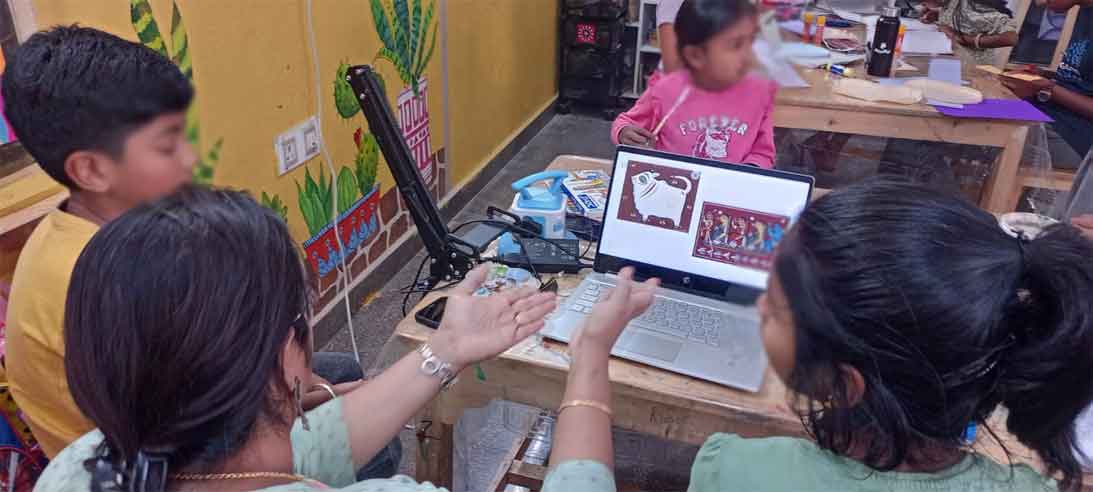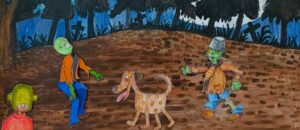Visual art classes have been an important part of art education for centuries. From traditional art schools to contemporary online learning platforms, art education has evolved significantly over time, offering students a diverse range of opportunities to learn and grow as artists.
In the early days of visual art classes, art schools were the primary way that aspiring artists could receive formal instruction. These schools were often highly selective and focused on traditional art techniques and mediums, such as painting, sculpture, and drawing. Students would spend years studying the fundamentals of art and working with master artists to develop their skills.

Over time, however, art education began to evolve in response to changing cultural and technological trends. In the early 20th century, for example, many artists began to experiment with new techniques and mediums, such as collage, photography, and video. This experimentation led to the emergence of new art movements, such as cubism, surrealism, and pop art.
As a result, art education began to broaden its focus beyond traditional techniques and mediums. Many art schools began to incorporate new forms of art into their curriculums, while others began to specialize in specific areas of art, such as graphic design, multimedia, or animation.
In recent years, the evolution of art education has been accelerated by the rise of online learning platforms. Today, students can take visual art classes from anywhere in the world, at any time, using a variety of digital tools and resources. These platforms offer a wide range of courses and programs, from traditional drawing and painting classes to cutting-edge courses in digital media and 3D printing.
For today’s students, this evolution of visual art classes offers a wealth of opportunities to learn and grow as artists. Whether they are interested in traditional art techniques or cutting-edge digital media, students can find a course or program that meets their needs and interests.

In addition, the changing nature of art education has also opened up new career paths for artists. With the rise of digital media and the increasing demand for creative skills in fields such as advertising, marketing, and design, art education has become an important pathway to success in many different industries.
Overall, the evolution of visual art classes has been a positive development for both artists and students. By embracing new techniques, mediums, and technologies, art education has become more inclusive, accessible, and innovative than ever before, offering students a diverse range of opportunities to explore their creativity and develop their skills.


